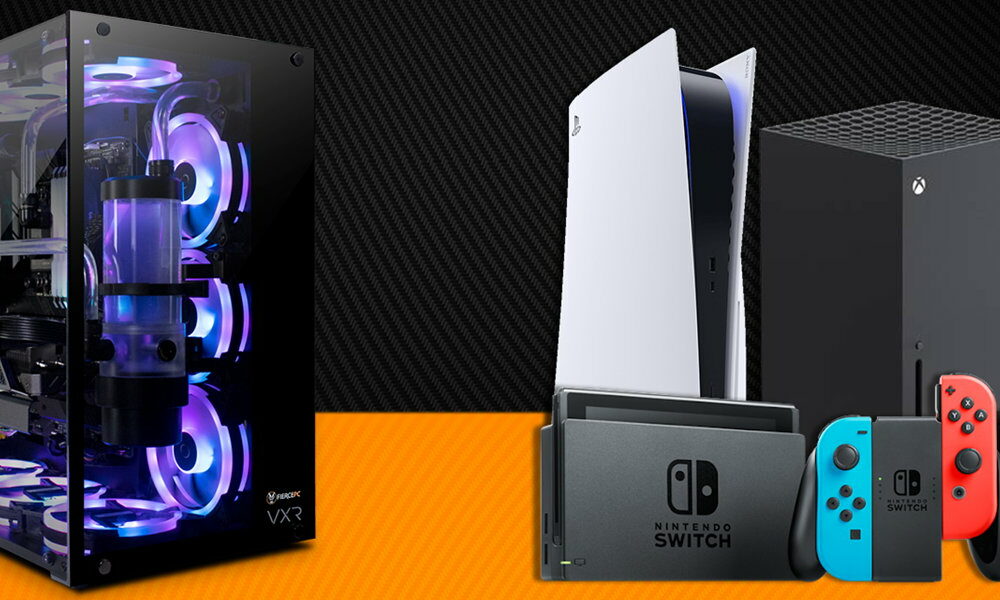Android 15 is starting to take its first steps. On February 16, Google made official the first release for developers of the operating system. One release Since it is designed specifically for development testing, we do not recommend it to be installed on terminals we design for daily use.
We will tell you about some of the key new features that this new version has, although it is an initial ROM we do not see radical changes compared to Android 14.
Android 15 is now official, at least in Developer Preview
Android 15 Developer Preview, codenamed Vanilla Ice Cream, is the latest version of Google’s operating system. As usual, there are no significant changes in this first preview compared to the last stable version of Android 14. However, there is a small list of changes that outline what this operating system will be.
One of Google’s priorities for this release is to improve the haptic response of the system. This preview allows you to disable keyboard vibration from system settings; Until now, this was something we could only do from Google keyboard settings. Also from this version we will find a new tactile response when changing the brightness of the screen.
Some new features have also been saved, such as the ability to record only part of the screen seen in Android 14 QPR3. There are also minor improvements to the control panel of devices connected via Bluetooth, but beyond that, this first version is practically a beta version of Android 14.
How to install Android 15 Developer Preview and which devices are supported
The latest beta version of Android 15 is compatible with Google Pixels and requires at least Pixel 6 or newer to install. There are two main ways to set this up: one manually and the other using the tool provided by Google.
For manual installation, you will need to unlock the bootloader of your Google Pixel, download the installation file, and flash it using the command console. It is just a process that we recommend to everyone who has performed this type of installation.
If we want to make our lives less complicated, we can use the official Google flash tool. Here you will just need to connect our Pixel to the unlocked bootloader and wait for the tool to do its job. Note that currently the ROM is not yet available for mobile phones like Pixel 6.












